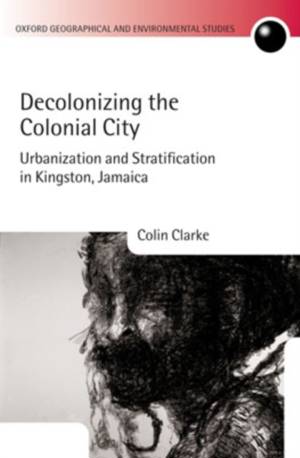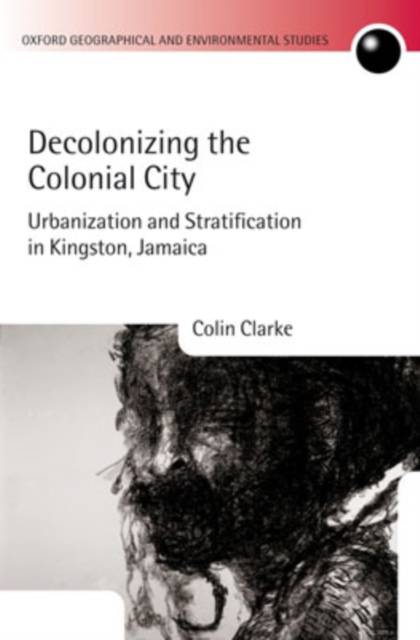
Je cadeautjes zeker op tijd in huis hebben voor de feestdagen? Kom langs in onze winkels en vind het perfecte geschenk!
- Afhalen na 1 uur in een winkel met voorraad
- Gratis thuislevering in België vanaf € 30
- Ruim aanbod met 7 miljoen producten
Je cadeautjes zeker op tijd in huis hebben voor de feestdagen? Kom langs in onze winkels en vind het perfecte geschenk!
- Afhalen na 1 uur in een winkel met voorraad
- Gratis thuislevering in België vanaf € 30
- Ruim aanbod met 7 miljoen producten
Zoeken
€ 483,45
+ 966 punten
Omschrijving
In this sequel to Kingston, Jamaica: Urban Development and Social Change, 1692 to 1962 (1975) Colin Clarke investigates the role of class, colour, race, and culture in the changing social stratification and spatial patterning of Kingston, Jamaica since independence in 1962. He also assesses the strains - created by the doubling of the population - on labour and housing markets, which are themselves important ingredients in urban social stratification. Special attention is also given to colour, class, and race segregation, to the formation of the Kingston ghetto, to the role of politics in the creation of zones of violence and drug trading in downtown Kingston, and to the contribution of the arts to the evolution of national culture. A special feature is the inclusion of multiple maps produced and compiled using GIS (geographical information systems). The book concludes with a comparison with the post-colonial urban problems of South Africa and Brazil, and an evalution of the de-colonization of Kingston.
Specificaties
Betrokkenen
- Auteur(s):
- Uitgeverij:
Inhoud
- Aantal bladzijden:
- 328
- Taal:
- Engels
- Reeks:
Eigenschappen
- Productcode (EAN):
- 9780199269815
- Verschijningsdatum:
- 9/11/2006
- Uitvoering:
- Hardcover
- Formaat:
- Ongenaaid / garenloos gebonden
- Afmetingen:
- 167 mm x 238 mm
- Gewicht:
- 716 g

Alleen bij Standaard Boekhandel
+ 966 punten op je klantenkaart van Standaard Boekhandel
Beoordelingen
We publiceren alleen reviews die voldoen aan de voorwaarden voor reviews. Bekijk onze voorwaarden voor reviews.









